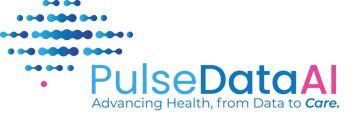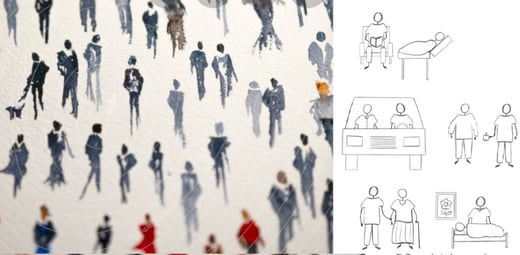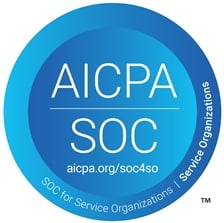Chronic kidney disease (CKD) is more than a medical statistic; it's a silent epidemic that's creeping up on millions of Americans. Here's a startling fact from the CDC: Out of the 37 million adults battling CKD in the United States, a mere 10% are aware of their condition. And the situation gets grimmer with severe cases — about 40% of them are in the dark about their health crisis.
So, what's going wrong? Why are 90% of Americans with CKD left in the shadows about their health? Let's talk about the elephant in the room: the American healthcare system's approach to diagnostics. In our quest for efficiency and volume, we've somehow lost sight of the essence of quality healthcare. It's a system where the number of tests and treatments overshadows the need for accurate and timely diagnoses.
Let's dive deeper. Imagine a healthcare system that's more like a fast-food chain, churning out diagnoses based on lab results and standard patterns. It's like looking at a patient with a specific blood sugar level and stamping 'diabetic' on their file without a second thought. But what if something else is skewing those numbers? We're often too quick to label and too slow to question.
This is especially true with CKD. A primary care provider might see a certain number on a lab test and categorically slot a patient into a 'CKD bucket' without further investigation. But sometimes, the real issue is hiding just beneath the surface, like myeloma causing a rapid decline in kidney function. These nuances often get lost in a system that favors the path of least resistance.
Here's a wake-up call: A study from Columbia University Irving Medical Center found that 10% of CKD patients actually had a different underlying disease. That’s nearly 4 million people potentially on the wrong treatment path! By fine-tuning our diagnostic lens, we could dramatically change the trajectory for these patients, possibly preventing the progression to the more severe stages like ESRD and reducing the need for treatments like dialysis.
Now, let's pivot to a ray of hope in this scenario: artificial intelligence (AI). Rather than viewing AI as a contender to human physicians, we should see it as a powerful ally. AI and machine learning can sift through mountains of data, highlighting nuances and patterns that might escape even the most trained eyes. This isn't about replacing human judgment; it's about augmenting it with powerful tools to make more accurate, timely, and life-saving diagnoses.
In this era of data overload, AI can be the diagnostic sherpa, guiding healthcare professionals through a labyrinth of information to find the most relevant insights. It's a partnership where AI provides the data muscle, and physicians bring in their irreplaceable human judgment and experience. This synergy could be the key to unlocking a new era of precision in healthcare.
In the end, diagnostics is an art as much as it is a science. By embracing AI, we're not just making a technological leap; we're reinventing the very way we approach healthcare. It's time to shift our focus from volume to value, from quantity to quality. Let's harness AI to bring a new depth of understanding to patient care, making every diagnosis not just a label, but a doorway to better health.
December 5, 2023



Comments